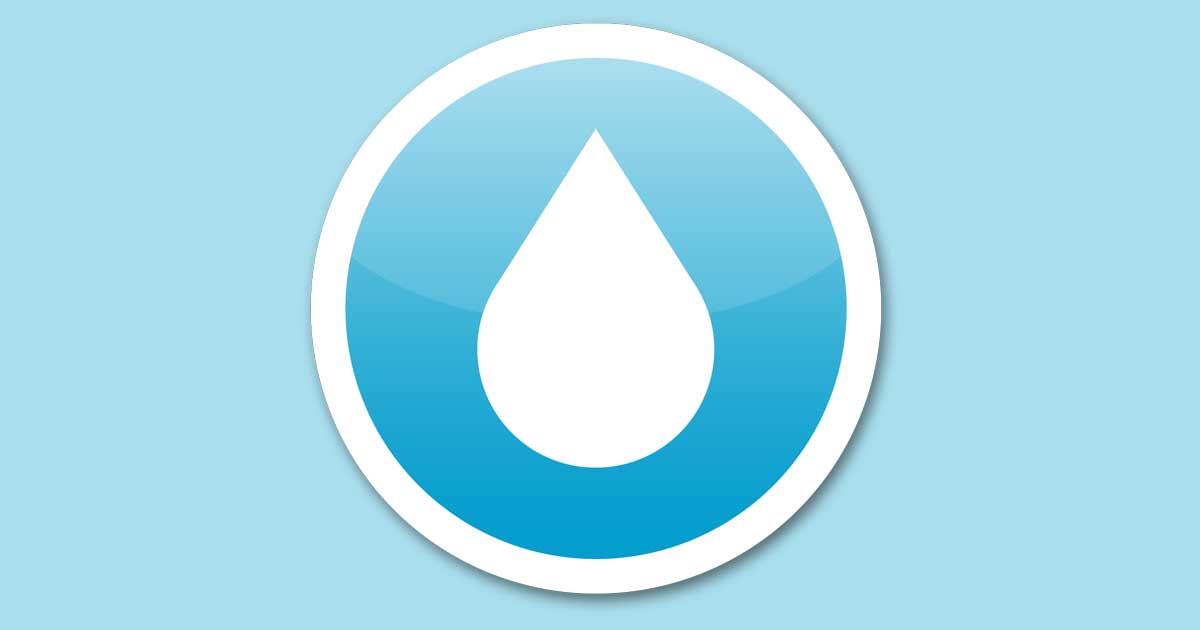To serve you better, we've assembled a list of our customers' most frequently asked questions. If you don't find your answer here, feel free to contact us.
Chlorine Flush FAQs
Frequently Asked Questions are below, but if you don't find what you're looking for, please contact the GID administrator at [email protected] or call 250-693-2362.
What is a chlorine flush?
A chlorine flush is a procedure involving the application of a 12% solution of sodium hypochlorite to GID's water tank and lines in order to disinfect any part of the infrastructure that may have tested positive for coliforms.
Is the water safe for drinking?
Yes, the water will be treated with a quantity of sodium hypochlorite 12% that is within Canada's Drinking Water Guidelines. If you prefer to avoid drinking chlorinated water, chlorine will evaporate from water left out in the open air in approximately 24 hours.
Why is it necessary to kill the coliform bacteria?
Coliforms can develop into increased quantities that are associated with an elevated risk of waterborne diseases, including gastroenteritis. Coliforms are living bacteria that divide and multiply, so even a small count should be prevented.
What kind of chlorine is used?
The chlorine used is a sodium hypochlorite 12% solution.
How do I get rid of the smell and taste?
Run your tap for at least 5 minutes. Leave tap water on the counter in an open carafe for a few hours or until the chlorine smell dissipates. Citric acid neutralizes chlorine so a little squeeze of lemon works as well. We have received reports of a chlorine smell still detected in the water after a week. As more people use the water, the smell will dissipate.
How often do you test for E.coli and coliforms?
GID tests weekly at sample stations throughout the District. All samples must show less than one part per million.
Where do the coliforms come from?
At the time of the flush, it may be unknown how bacteria has entered the system. There may be instances where organic matter was introduced in above-water openings, or even that bacteria entered during the water sampling procedure itself, regardless of sanitary precautions.
Is chlorine the same as bleach?
Both chlorine and bleach come in several forms, so one is not exactly the other. The chlorine used in GID flushes is a 12% solution of sodium hypochlorite. However, the smell and taste of this disinfectant does smell and taste as you might expect bleach to taste. This does not mean bleach is safe for consumption.
What other chemicals does GID add to the water?
GID water is untreated, except during our bi-yearly planned flushes or when bacteria has been detected. The aquifer water is considered pristine, so does not need constant treatment. The water does however have natural components, such as minerals for example.
Why is my water discoloured?
A repair could have been completed recently allowing air to enter the line, causing the discolouration; however, you should report any change in your water quality to our office.
What chemicals does our water system add to the water?
No chemicals are added to our water. We do, however, disinfect our reservoir and flush/clean our water lines with chlorine semi-annually (notice is provided when such activities occur).
Why does debris come out of the faucet when running hot water?
Most likely your water heater needs to be flushed. CAUTION: Most manufacturers recommend hiring a professional to flush your water heater. If you plan on doing this yourself, read the owner's manual to keep from being hurt and or damaging the water heater.
